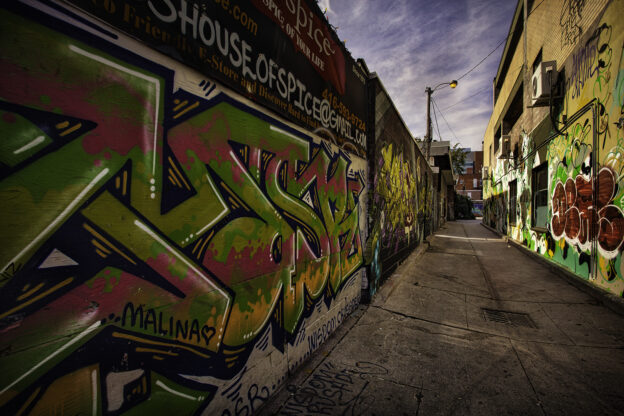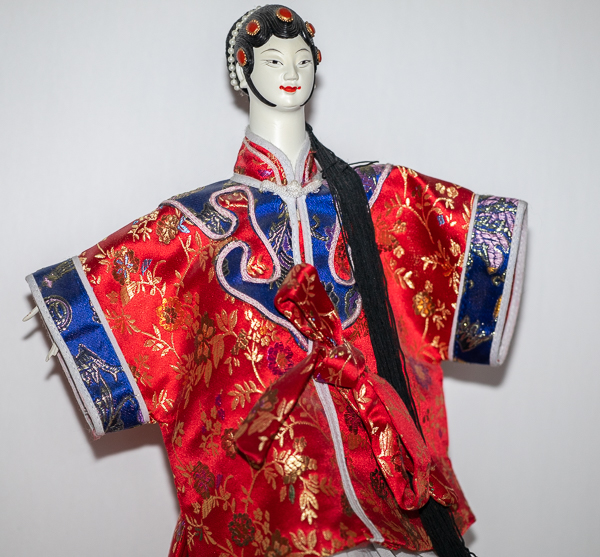Jolly old St. Nicholas
Lean your ear this way
Christmas is just around the corner, and sure, we’re busy shopping for loved ones, but perhaps, just perhaps, we’re also thinking about what new photographic toy we’d love to find under the tree on Christmas morning.
We asked the PACN Board of Directors to tell us 2 items from their Christmas Wish List. First, we said, if money was no object, what would you like Santa to bring you. Then we said, “Okay, be reasonable now. What do you think Santa might bring you. Here are the answers we received.
Scott Powers, our organizer of image evaluation nights said:
“As my photography skills have progressed this year, I’ve realized that landscape photography is what I like best. To help me get even better, a new Canon 16-35mm f4 L series lens would be really nice. Those panoramic views would be within my reach. But if Santa can’t bring me a new lens, then a graduated neutral density filter complete with holder would really help to make those contrasty photos look fabulous in 2020!”
Jim Spurgeon, our Co-chair, shared the following:
“I would love to find an Olympus M. Zuiko 12-100mm F4.0 IS Pro zoom lens under the tree. But that’s a bit pricey. I think there’s a good chance of finding an Wacom Intuos Graphics Drawing tablet which comes in at about $80.00.”
Bruce Carmody, our webmaster who is only getting around on crutches these days, said:
“I probably own more lenses than any one person should have. Yet there is still one more that I sometimes covet. That’s the Canon MP-65 f2.8 Macro Lens. Yes, I already own two macro lenses, but the MP-65 is capable of magnifying an object up to 5 times life size. Imagine the detail that becomes possible! But there is the price – $1500 for a new copy and about $900 for a good used copy. And then, it’s a very specialized lens that can be tricky to use I hear. At 5-times life size, every little vibration shows and the lens would have to be so close to the subject that lighting could become an issue. So maybe I’ll just rent one some day, just to see if I like it, and instead, I’ll ask Santa for a $40 Lightbox so I can practise some still life images while waiting to be free of these darned crutches!”
Competitions Chair, Steve Ansell, who obviously no longer believes in Santa said:
“I swore I would never buy any more camera equipment, so a wish list seems a bit self-defeating, but here goes.
Over the top items:
Brand new 70-200 f 2.8 ED FL VR . Cost, $3700
Nikon D5. It’s too heavy to use but it is very high on the cool scale. Cost, $8500.
Within reach:
Repair my Sigma 8-14 zoom. Again. Cost, zero.
Used Nikon 70-200 f 2.8 VR. Because it’s built like a tank. Cost unknown.“
Treasurer Ann White replied:
“To add to my wish list: a tilt/shift lens approx. price ? Don’t know but they say if you have to ask, you probably can’t afford it! Santa says “stop asking!”
Second ask, a trip to the north to see the glaciers before they are gone completely.”
Wendy Holden, our Co-chair, in the true spirit of giving, wants nothing for herself, but shared a few ideas of reasonably priced items that you might consider for the photographer on your Christmas list.
“Christmas is only a few days away so if you’re still looking for that special gift for your favourite photographer or are finishing your note to Santa here are some fun ideas.
Light Pad: Great for backlighting images like flowers or other translucent items and only $20-50 dollars depending on screen size
Crystal Photography Ball: Make images special with inverted images just like working with water drops. Can make an ordinary image something extraordinary.
Photo Paper: Special paper textures can add that extra element to your special image and who doesn’t need that extra incentive to get that print up on the wall.”
We hope that Santa is good to all our photography friends out there!
Merry Christmas!


















